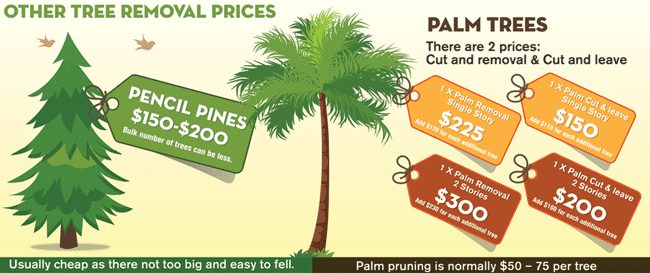Tree Elimination Aftercare: Best Practices For Landscape Recovery
Tree Elimination Aftercare: Best Practices For Landscape Recovery
Blog Article
Post Developed By-McMillan Cochrane
After a tree's elimination, your landscape might look fairly various, and it's necessary to examine the results carefully. You'll want to evaluate the soil disruption and inspect surrounding plants for any indicators of stress. Neglecting these aspects can lead to larger issues down the line. So, what should you do with those stumps and roots? And exactly how do you select the very best plants for your rejuvenated room? Let's explore these important actions.
Analyzing the Consequences: Reviewing Your Landscape
After a tree elimination, it's crucial to analyze your landscape to recognize the effect it has on your yard.
Begin by taking a look at the location where the tree stood. Seek indications of soil disturbance, and examine the surrounding plants for any kind of stress or damages.
You need to likewise remember of just how the elimination has transformed sunshine direct exposure and air flow in your yard. This shift can affect the growth of close-by plants, so it's important to examine their health and wellness.
Think about the aesthetic elements as well; the elimination may produce an open space that you can upgrade.
Ultimately, think of any kind of potential erosion concerns that might develop from the tree's absence. Attending to these elements early will assist recover equilibrium to your landscape.
Taking care of Stumps and Origins: Choices for Removal
As soon as you've assessed the results of the tree removal, you'll likely require to deal with the stump and roots left behind.
You have a few alternatives for removal. One reliable method is stump grinding, where an expert utilizes a machine to grind the stump down to below ground degree. This technique leaves marginal disruption to your landscape.
If you prefer a do it yourself approach, you can utilize a combination of excavating and chemical stump cleaners. Just bear in mind, this procedure can take some time and effort.
Conversely, think about leaving the stump as a natural attribute, which can serve as a special yard component or environment for wild animals.
Whatever browse around here select, attending to the stump and roots is crucial for restoring your landscape.
Choosing the Right Plants for Your New Space
As you examine your newly removed space, choosing the right plants can considerably enhance your landscape's charm and performance.
Start by considering the sunshine and dirt problems. For bright areas, go with drought-resistant plants like lavender or succulents. In shaded spots, ferns and hostas thrive well.
Consider the dimension and growth behaviors of your plants; mix perennials and annuals for seasonal variety. Lilac Tree Pruning to integrate indigenous types; they require less maintenance and assistance regional wildlife.
Team plants in weird numbers for a more all-natural look and create layers for aesthetic deepness.
Ultimately, ensure you have a mix of shades and textures to keep your landscape lively throughout the seasons.
Delighted growing!
Verdict
To conclude, restoring your landscape after tree elimination is a satisfying process. By examining the aftermath, resolving stumps and roots, and selecting the right plants, you'll create a growing environment. Don't forget to integrate erosion control actions to protect your dirt. With a little initiative and care, you can change your room into a lively garden that improves your property. Welcome the opportunity to renew your landscape and appreciate the appeal of nature right in your backyard!
